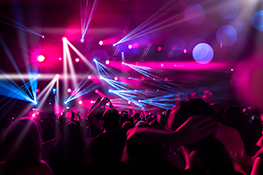How to Add Drama with Moving Stage Lights
Moving stage lights, also known as automated lights or intelligent lights, are a powerful tool for adding drama and excitement to any stage performance. They offer unparalleled flexibility and control, allowing you to create dynamic lighting effects that enhance the visual impact of your productions. This article will explore how to effectively use moving stage lights to elevate your stage lighting and create memorable experiences for your audience.
Understanding Moving Stage Lights
Moving stage lights are equipped with motors that allow them to pan and tilt, offering precise control over the direction of the light beam. They often include additional features such as:
Key Features
- Pan and Tilt: Allows for horizontal and vertical movement of the light beam.
- Color Mixing: Enables the creation of a wide range of colors by blending different colored LED lights.
- Gobo Projection: Projects patterns and shapes onto the stage using gobos, enhancing visual interest and creating unique effects.
- Prisms and Mirrors: Creates dynamic beams and shimmering effects by splitting and reflecting the light beam.
- Dimming and Strobing: Allows for precise control over light intensity and the creation of dramatic strobing effects.
Benefits of Using Moving Stage Lights
Enhanced Visual Impact
Moving stage lights offer a dynamic and engaging visual experience, capturing the audience’s attention and adding depth to your stage production. The ability to create dramatic sweeps of light, captivating patterns, and pulsating effects adds a level of excitement that static lights simply can’t achieve.
Increased Flexibility and Control
With moving stage lights, you have complete control over every aspect of your lighting design. You can precisely position the light beams, adjust colors and patterns, and create complex sequences of movement, allowing for limitless creative possibilities.
Cost-Effectiveness
While moving stage lights may have a higher initial cost compared to traditional stage lights, they eliminate the need for numerous static lights, making them a cost-effective solution in the long run. They offer versatility and eliminate the need for multiple fixtures, leading to cost savings on equipment, setup, and labor.
Using Moving Stage Lights Effectively
Planning Your Lighting Design
Before you begin using moving stage lights, carefully plan your lighting design. Consider the following:
- The overall theme and mood of your performance
- The size and layout of the stage
- The positions of your performers and scenic elements
- The desired lighting effects
Choosing the Right Fixtures
Select moving stage lights that meet the specific needs of your production. Consider the following factors:
- Light output
- Color mixing capabilities
- Gobo options
- Pan and tilt speed
- Control options (manual or automated)
Creating Dynamic Lighting Effects
Experiment with different lighting techniques to enhance the visual impact of your stage production.
- Use slow, sweeping movements to highlight specific areas or performers.
- Create dramatic crossfades by smoothly transitioning between different colors and patterns.
- Utilize fast, strobe-like effects to create a sense of energy and excitement.
- Combine different lighting techniques to create unique and captivating effects.
Safety and Maintenance
Ensure the safety of your performers and crew by following proper operating procedures for moving stage lights. Regularly inspect and maintain your fixtures to ensure their optimal performance.
Elevate Your Stage Lighting with Moving Stage Lights
Moving stage lights can transform your stage productions with their dynamic and engaging visual effects. They offer unparalleled flexibility and control, allowing you to create memorable experiences for your audience.
Contact Stagelights.in today to explore our wide range of moving stage lights and get expert advice on choosing the perfect fixtures for your needs.


 Auditorium Construction Services
Auditorium Construction Services 